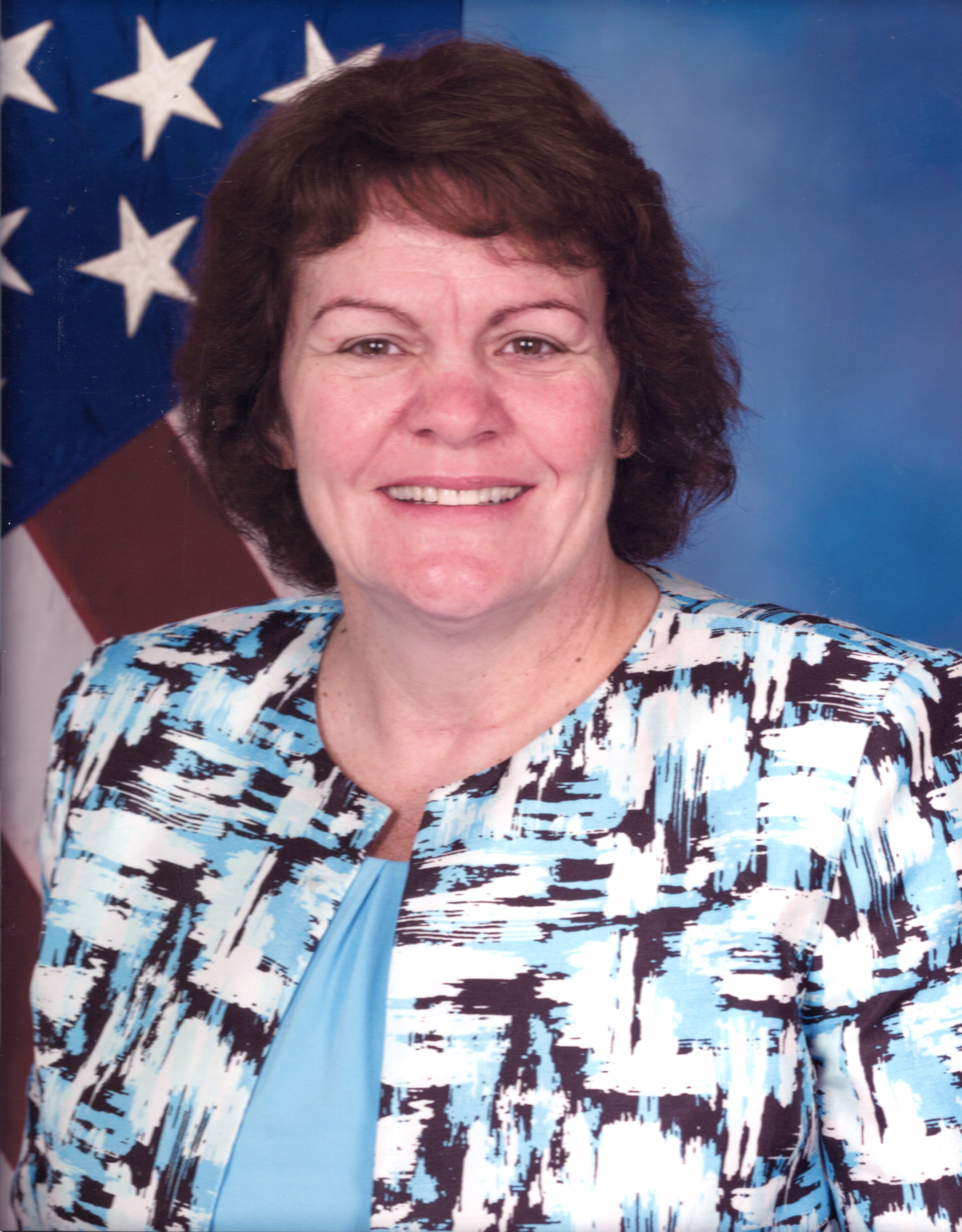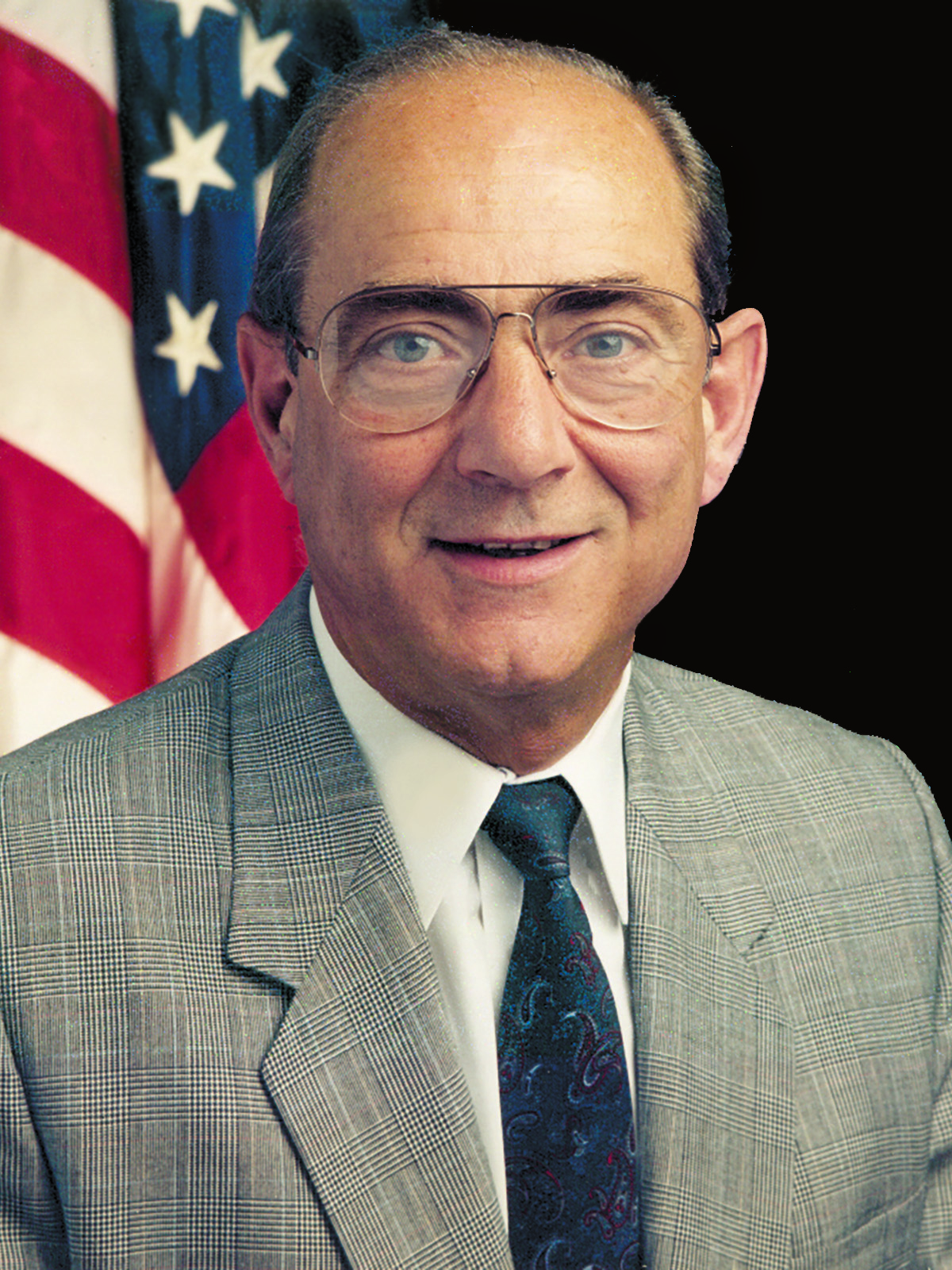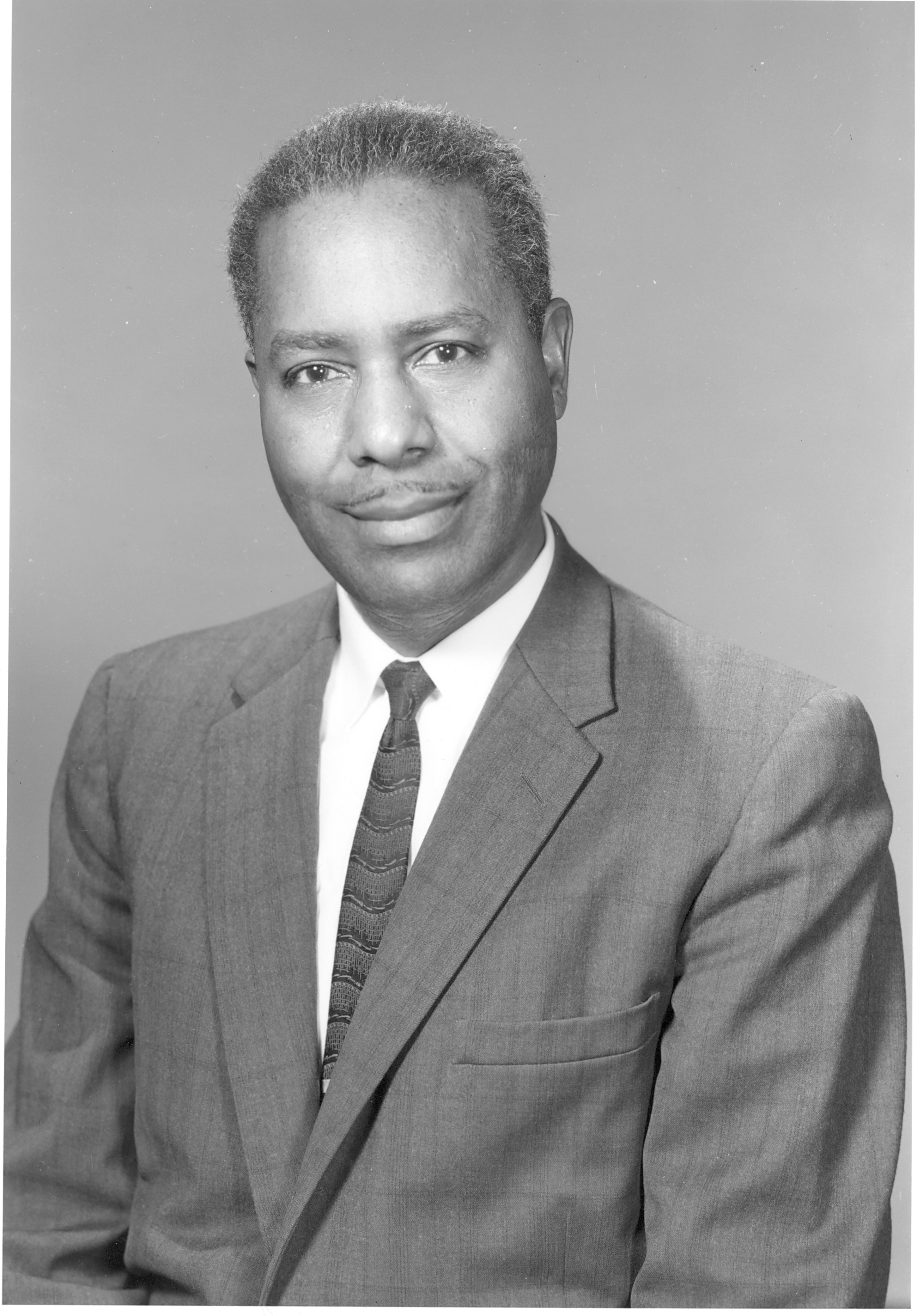Ms. Kathleen A. Batdorf

Throughout Ms. Kathleen Batdorf's 40 years of government service to the U.S. Army Communications-Electronics Command and the C5ISR Community, she has been consistently recognized as the "Leader and Innovator" in the Army's product line and logistics business systems critical in sustaining C5ISR systems.
Ms. Batdorf progressed up through the ranks in the Integrated Logistics Support Center (ILSC) from clerk-typist to Director of the Logistics, Engineering and Operations Directorate. Ms. Batdorf served as the driving force in integrating multi-faceted and diverse supply chains with the Army's organic and depot maintenance capabilities to provide the C5ISR soldier with seamless sustainment support.
During the 2005 BRAC, Ms. Batdorf formulated a "Transfer of Knowledge" program which identified over 75 subject matter experts within the ILSC who controlled over 360 critical supply chain processes that were essential in maintaining continuity of ILSC operations within the BRAC move. Ms. Batdorf led the efforts to identify each specific critical process, worked with those process holders to document the flow of each task and essential task information, and catalog that knowledge for ease in retrieval.
Her unique knowledge and expertise in logistics and financial processes ensured the timely and successful operation and execution of the C5ISR supply chain in support of contingency operations. Ms. Batdorf has served as an inspiration and mentor for women of the community in striving for the highest levels of responsibility and authority within the Army Materiel Command.
Watch Video Interview


